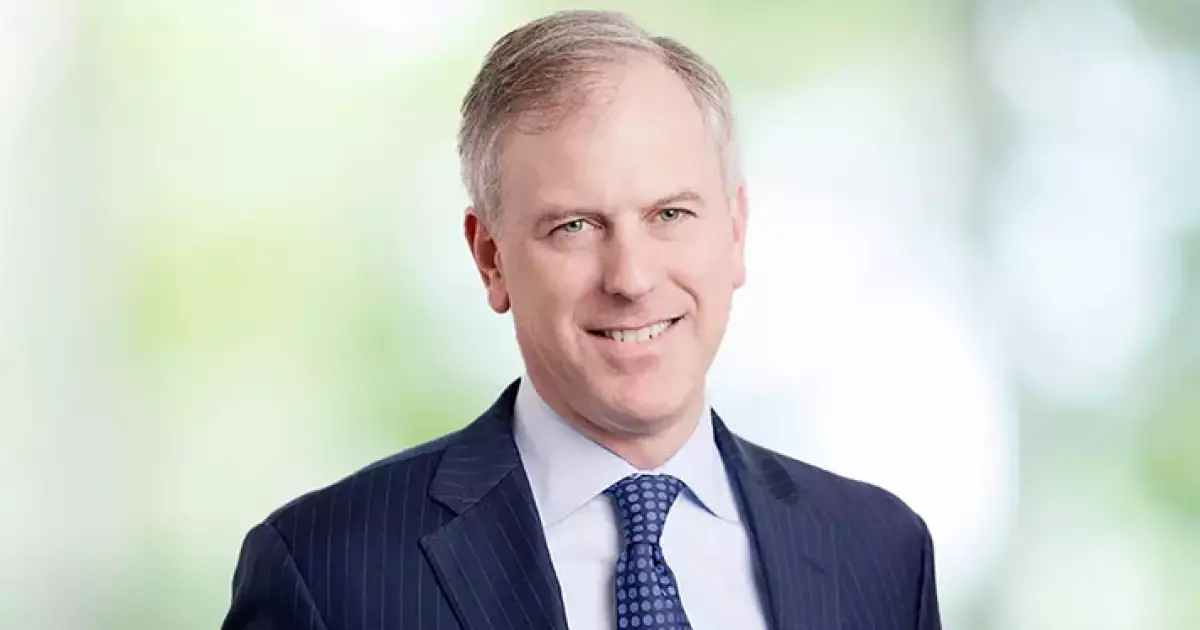In recent discourse surrounding American infrastructure, there’s a recurring theme: the belief that private sector investment can solve our looming transportation crisis. The newly formed advisory board, under Secretary Sean Duffy’s leadership, champions this idea with vigor, advocating for greater utilization of public-private partnerships (P3s). While tapping into private capital sounds promising, it is fundamentally a mirage that conceals the complexities and shortcomings of relying heavily on private interests for public infrastructure. Private investments are inherently driven by profit motives, not public good, and this disconnect risks commodifying essential infrastructure, which should prioritize quality, accessibility, and national security over financial returns.
The insinuation that foreign capital is ‘making pretty good returns’ on U.S. infrastructure highlights a troubling paradox. It underscores a vulnerability—America’s infrastructure is so enticing that foreign entities are quick to profit from it. This reliance on international capital exemplifies a broader issue: a nation’s own failure to prioritize and fund its critical assets. Instead of leveraging American capital, government efforts seem more focused on providing assurances and incentives to private investors, often at the expense of transparency and equitable access. Rhetoric around “attracting U.S. pension funds” might sound promising on paper, but it underscores an uncomfortable dependence on the very entities that prioritize shareholder returns over societal needs.
Overpromising the Power of Incentives and Templates
The board’s discussions about creating “templates for unsolicited proposals” and incentivizing agencies to pursue P3 models tend toward an overoptimistic assumption: that bureaucratic and political hurdles can be neatly sidestepped by standard procedures and monetary incentives. However, numerous real-world examples reveal that infrastructure projects are inherently entangled in local politics, regulatory delays, and community resistance. Sending out a template does little to address the root causes of project delays or cost overruns; it simplifies a complex process into a bureaucratic checkbox.
The optimistic notion that “marquee projects” supported by private capital will catalyze widespread improvements glosses over the risk premium associated with large infrastructure investment. Major projects like airports or highways involve long timelines, political shifts, and unforeseen costs. Expecting private investors to take on these uncertainties without significant government guarantees or subsidies raises serious questions about fiscal sustainability and long-term value. The belief that pension funds, which are accustomed to stable returns over decades, will eagerly lap up high-risk infrastructure projects on a large scale appears more wishful thinking than a grounded strategy.
The Myth of Financing Without Tax Increases
A particularly ambitious claim from board chair Gregg Reuben is the notion that infrastructure upgrades—estimated at $4.6 trillion—can be financed without raising taxes or reshuffling current revenues. This notion is inherently flawed. Infrastructure investment is capital-intensive, and the idea that private investment, federal grants, and state funds can wholly cover this gap without additional revenue sources ignores the magnitude of the challenge. It assumes that political willpower can be marshaled to divert existing funds or accept higher tolls and user fees, which can be socially and politically contentious.
Moreover, underestimating the true fiscal commitment needed risks creating a façade of progress that will inevitably require future tax hikes or debt increases. Delaying the difficult conversation about sustainable funding can lead to a cycle of underinvestment, deterioration, and eventually, crisis standards of service. A real center-right approach would advocate for efficient use of existing resources supplemented by targeted, limited public investments—a pragmatic stance that the current optimism about “think big” solutions often neglects.
The Rhetoric of Urgency vs. Real Policy Will
Secretary Duffy’s emphasis on “thinking big” and acting swiftly is emblematic of political messaging rather than a concrete plan. While urgency is inarguably necessary, rushing into large-scale projects fueled by private capital ambitions can foster reckless spending and underdeliver on expectations. Infrastructure projects are inherently slow, involving multiple stakeholders and layers of regulation. Hastening these processes without comprehensive reforms risks cutting corners and sacrificing long-term durability.
Furthermore, the tone suggests that success hinges on federal and private sector cooperation, neglecting the pivotal role of states and local governments, which often shoulder most infrastructure burdens. A true reform-minded liberal center-right position would prioritize making these layers more accountable, transparent, and efficient rather than simply accelerating project pipelines. Otherwise, these initiatives risk becoming politically expedient talking points rather than meaningful, lasting upgrades.
In conclusion, the aspirational rhetoric surrounding innovative finance models and private capital mobilization oversimplifies the underlying fiscal, bureaucratic, and political realities. While attracting U.S. pension funds and incentivizing private investment are valuable objectives, they are insufficient without a frank reckoning about the true costs, risks, and governance reforms needed to sustain America’s infrastructure for the long term.

